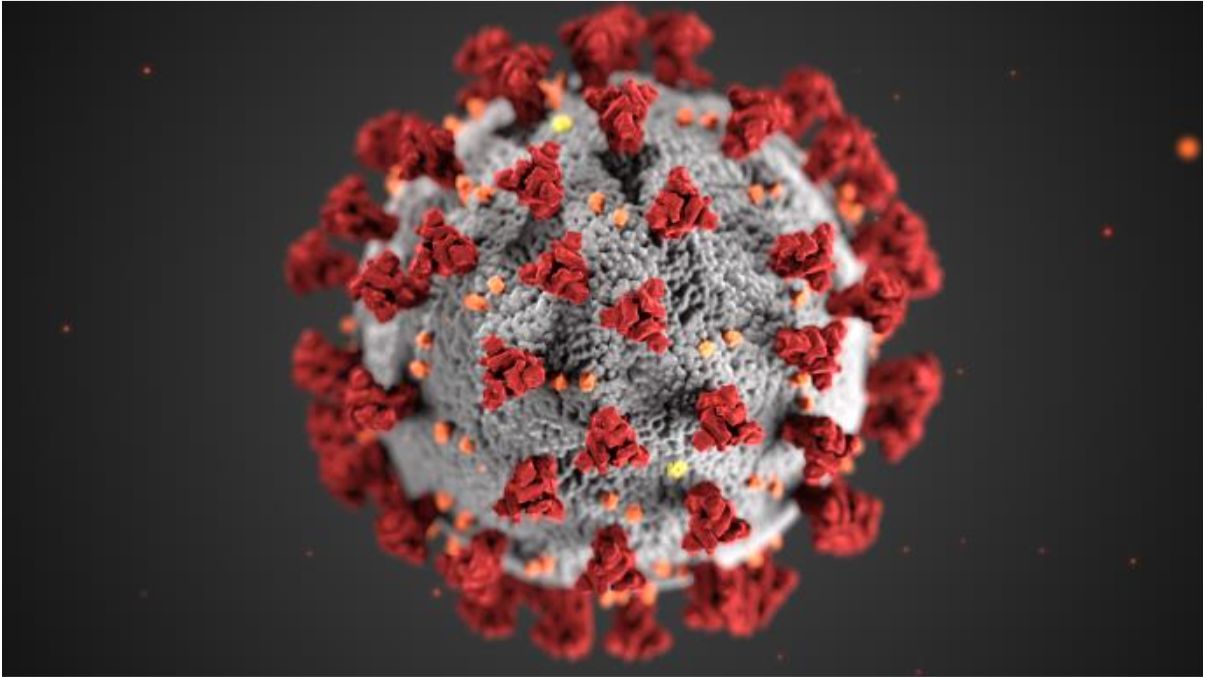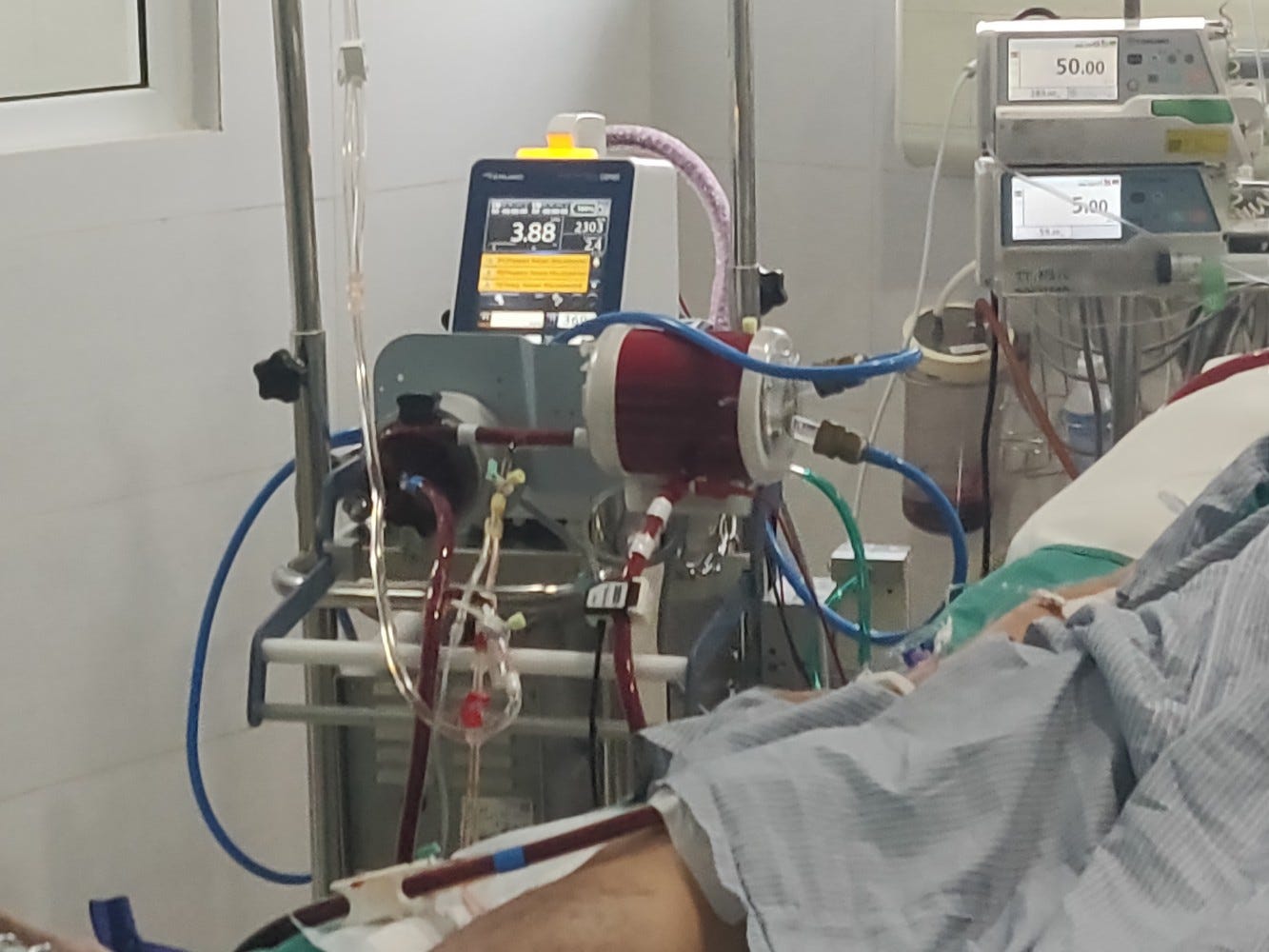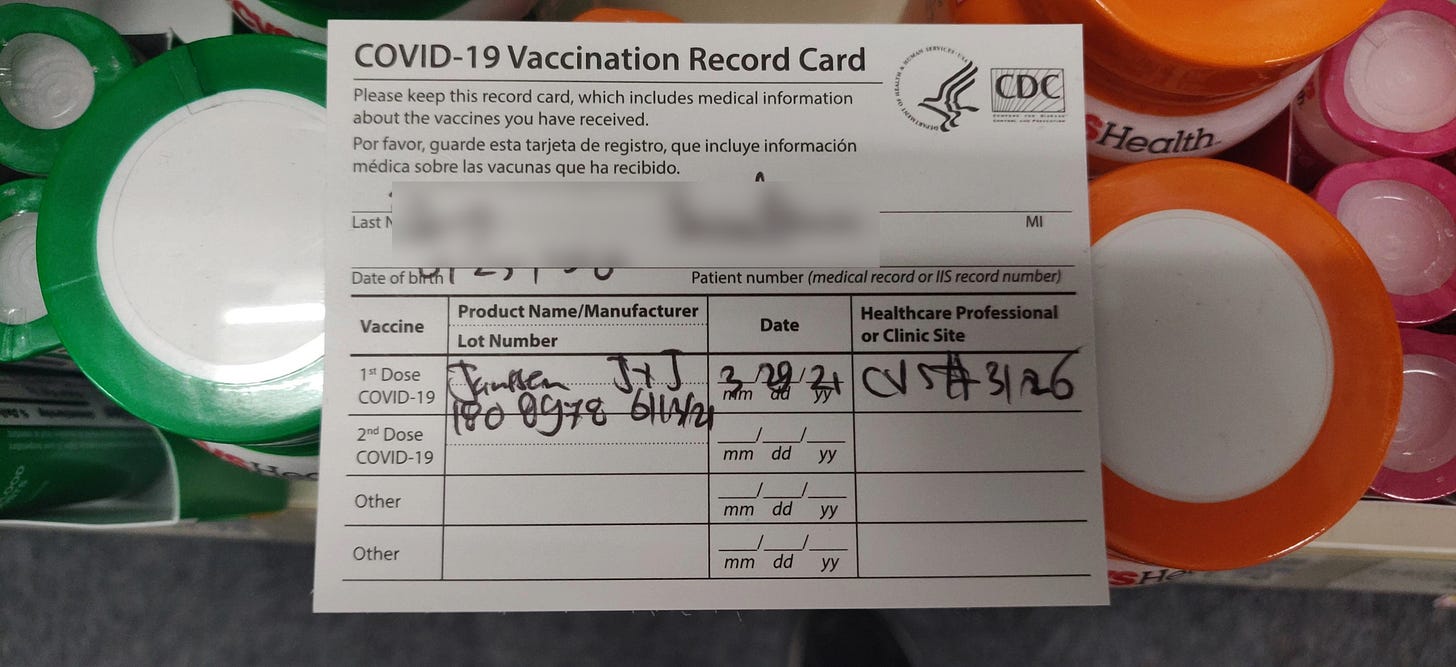How has the role of ECMO in critical care shifted post-pandemic?
Extracorporeal membrane oxygenation (ECMO) has become an essential critical care component for patients experiencing severe cardiac and pulmonary conditions. Its role has undergone significant transformation, particularly in the aftermath of the COVID-19 pandemic, which catalyzed increased utilization and prompted a reevaluation of patient selection and resource allocation strategies.
ECMO Growth Post-Pandemic
The pandemic accelerated the establishment of ECMO centers worldwide, with over 400 centers now operational. This growth underscores the importance of ECMO in supporting critically ill patients when traditional therapies fall short. During the pandemic, even smaller community hospitals began to explore ECMO's potential, reflecting a broader acceptance of its value in critical care.
COVID-19: A Defining Moment for ECMO
The COVID-19 pandemic highlighted the capabilities and challenges of ECMO, particularly in managing Acute Respiratory Distress Syndrome (ARDS) caused by the virus. In-hospital mortality rates for COVID-19 patients on ECMO were significant, emphasizing the need for stricter patient selection criteria. The crisis also underscored the importance of a burden-based approach, ensuring resources were optimized without compromising care quality.
Patient Selection and Resource Allocation
Patient selection became more rigorous during the pandemic, with criteria such as P/F ratios, age, and comorbidities crucial in determining who could benefit most from ECMO. Ethical and logistical concerns about resource allocation led to the adoption of triage protocols, focusing ECMO use on patients with the highest chance of survival.
Lessons Learned and Innovations
The pandemic necessitated innovations in ECMO protocols, including new predictive models and triage guidelines to assist in decision-making. Gaps in existing scoring systems for predicting outcomes in COVID-19 patients drove further research, leading to improvements in ECMO care. Multidisciplinary approaches and enhanced training for ECMO teams have also become priorities, aiming to make ECMO care more effective and resilient.
Current Role of ECMO in Critical Care
Today, ECMO remains a vital tool in critical care, especially for patients facing severe respiratory or cardiac failure. The lessons from COVID-19 have expanded its role, and the number of centers continues to grow. Integrating nurses and respiratory therapists into ECMO care has helped address staffing shortages, making teams more agile and adaptable.
Challenges and Future Directions
Despite its expanded role, ECMO presents ongoing challenges, including the physical and emotional toll on healthcare workers, resource demands, and the need for specialized training. Optimizing ECMO use through advanced prediction models, refined patient selection, and comprehensive training programs will be crucial. The promise of ECMO lies in pushing its boundaries to improve patient outcomes and better prepare for future healthcare crises.
My Journey with ECMO
I returned home from working for eight years in Kuwait right before the pandemic. During my time in Kuwait, I gained extensive experience in healthcare management and cross-cultural team coordination, which provided me with a unique perspective on patient care. I was home working on a personal project during the pandemic and returned to work in the USA after the pandemic. Then, I began my journey in ECMO, transitioning from my previous experiences into a new, challenging role. Starting my ECMO career post-pandemic allowed me to hear what ECMO Specialists who worked during the pandemic learned and witnessed firsthand and how the role of ECMO had evolved in response to the challenges faced. My respiratory therapy background and international experience have both been instrumental in adapting to the evolving demands of ECMO care, especially in a post-pandemic world.
Key Takeaways
ECMO has become essential to critical care, particularly after the pandemic.
Stricter patient selection and resource management are crucial to optimizing ECMO use.
The future of ECMO relies on innovation, multidisciplinary collaboration, and ongoing research.
The role of ECMO in critical care is evolving using the lessons from the pandemic's experiences.
What are some of your insights or lessons you learned from the pandemic? Please leave a comment.
Please Repost and Subscribe. Join the ECMO 143 Learning Journey
Note: This article reflects my learning journey in ECMO and is intended for educational purposes only. It should not be used as a substitute for professional medical advice or guidance. Always consult with qualified healthcare professionals for clinical decisions and patient care.
Other Links:
Follow me on LinkedIn: Jonathan B. Jung, RRT-NPS
Stay updated on X (Twitter): Follow the "ECMO 143 - Stay Up to Date" List
Check out my Week in Review Podcast on YouTube: ECMO 143
Join the discussion on Facebook: ECMO 143 Facebook Group
Acknowledgments:
I developed three custom GPTs, "AI ECMO Expert," "ECMO Specialist Handover Practice," and "Micro Definitions (MD-GPT)," for specialized research. These tools draw primarily from the ELSO Redbook (6th Edition), the ELSO Specialist Training Manual (4th Edition), various research papers, and articles. Additional research was supported by GPT-4o/o1, Claude 3.5 Sonnet/Opus, and Perplexity. Editing was performed with Grammarly. A.I. images and charts were created using Leonardo AI, DALL-E3 AI Image Generator, Microsoft Designer, and Adobe Express. Content for all articles sourced from Extracorporeal Life Support: The ELSO Red Book, 6th Edition, and ECMO Specialist Training Manual, 4th Edition.




